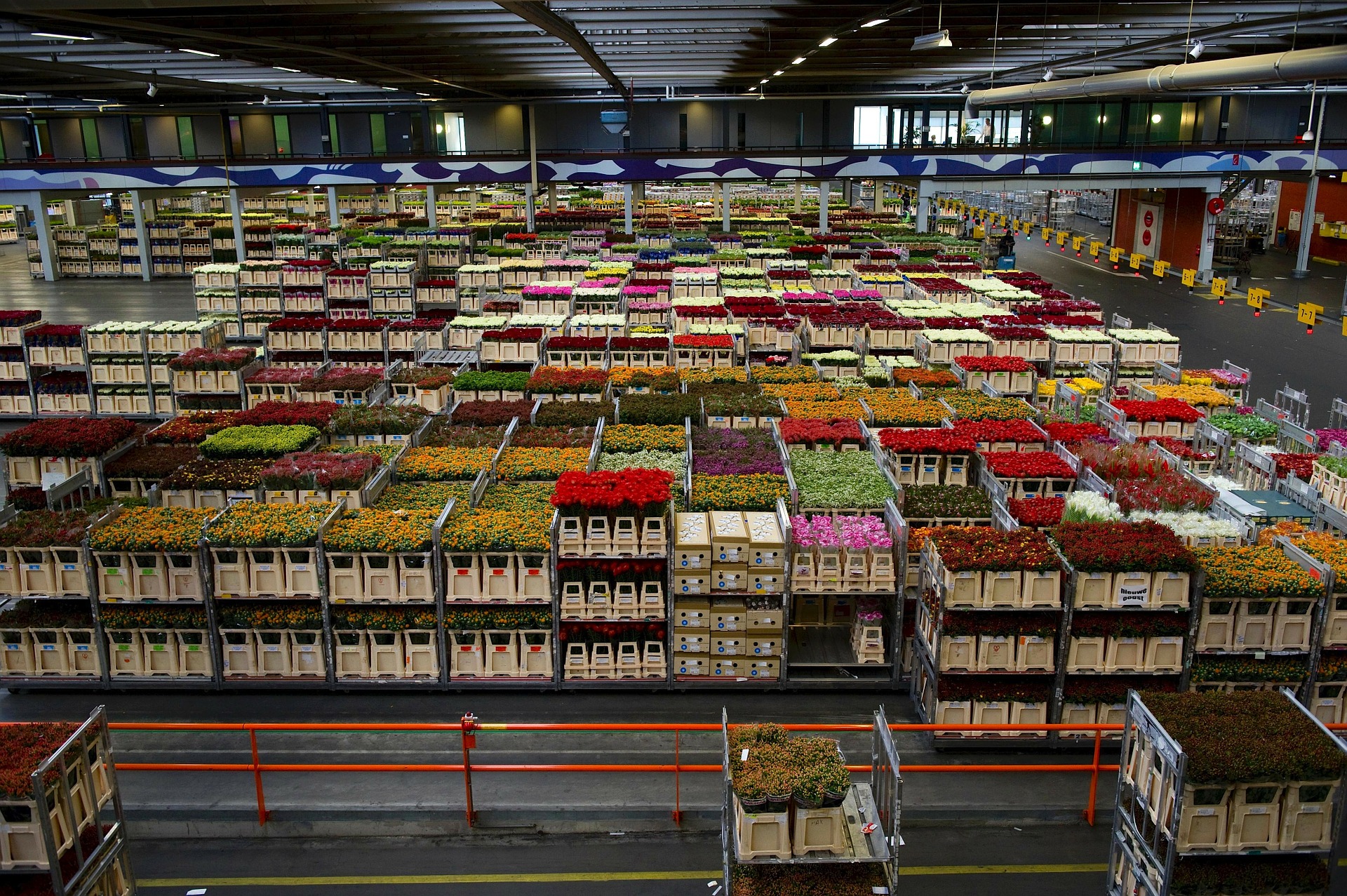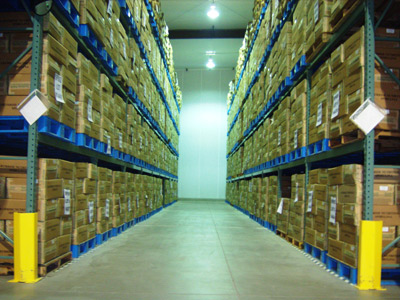
 Before you set up your ecommerce website you will need to decide if you’ll be holding stock, drop shipping your products (delivery direct from your supplier to customer) or using a fulfillment service for handling any aspect of the operations process (pre-sales to shipping).
Before you set up your ecommerce website you will need to decide if you’ll be holding stock, drop shipping your products (delivery direct from your supplier to customer) or using a fulfillment service for handling any aspect of the operations process (pre-sales to shipping).
Hold Stock.
If you hold your own stock, you will need money to invest in this up-front, unless your supplier offers a monthly credit account. In addition, you will need a warehouse or stock area and all the necessary insurance. Depending on your website model—if you have live online stock levels—you would also add to this a stocking system linked to and displaying real time stock levels on your live site, and a shipping/tracking system all synchronized by your ecommerce back-end admin.
Drop Shipping.
This simply means sending products direct from your supplier to your customer.When you get an order, you will email, fax or phone the order and customer details to your supplier who then drop ships the product.Where possible get a daily report of items shipped from your drop shipper so you can then inform your customer.
If you drop ship you will not be offered quantity-buy discounts on products. However, buying drop shipped products at a discount is definitely achievable if you negotiate.
Drop Ship Discounts are Achievable:
1) If you buy and ship in single orders, the total will accumulate over time, equivalent to a one off bulk buy.
2) If you buy in bulk and store these products at the drop shippers’ premises.
You can choose to hold stock (shipping products yourself) and drop ship products where required. This depends on the products, supplier, shipping costs and the money available to purchase stock.
Problem: Your supplier may accidentally or intentionally put his company name on the shipping label that your close trade competitors may get hold of.
Problem: Your supplier mistakenly includes your trade invoice in the box—that your customer then receives. This does not look professional and a tough one to explain.
Solution: Stipulate in advance to your drop shipper that you categorically ‘do not want any company labels on the packaging’ and ‘No Paperwork in the Box’ when they ship your products.
Ordering Products.
You can place product orders from suppliers via email, fax or phone: in bulk, or in single units from your drop shipper. Simply put your name, your customer’s name and shipping address, along with the item and quantity required. For maximum efficiency and productivity, you can set your ecommerce system to synchronize with your orders and print an order form ready for you to email or fax to your suppliers.
Your customer will receive the order invoice via email automatically from you when they order, so you essentially have a paperless office.
Hot Tip: Some suppliers may charge a fee ‘per item’ for providing a drop shipping service. Also be aware if you choose to buy in bulk and store at the drop shippers, they may want to charge you for this. If they do negotiate, remember that you are selling their products and that they should accommodate your set-up and processes where possible!
Fulfillment.
Some companies—known as a fulfillment center or fulfillment house—normally independent of your suppliers, will do and handle everything for you: from taking phone calls, answering emails, holding and delivering stock to handling returns. Some fulfillment companies also manufacturer specific products such as CDs and DVDs including the branding and artwork for the packaging.
These services come at a price and may reduce your profit margins too far to justify using them. Check with your product suppliers to see if they can offer you these services. Even if they do not offer it currently, they may make an exception for you, especially if you sell in large numbers.

